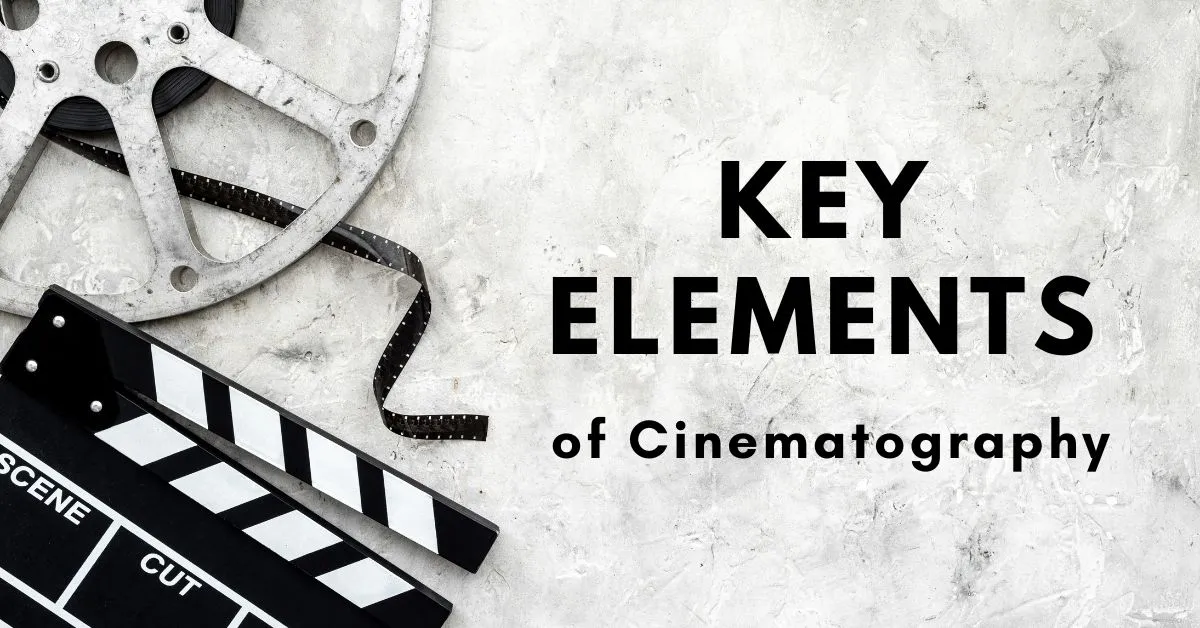


20, July 2023
Cinematography is the art and science of capturing images on film or digital media. It plays a crucial role in shaping the visual storytelling of movies, television shows, documentaries, and other forms of visual media. A skilled cinematographer combines technical expertise with artistic vision to create stunning visuals that enhance the overall narrative. In this blog, we will delve into the fundamental elements of cinematography and how they contribute to the magic of the silver screen.
Lighting is one of the most critical aspects of cinematography. It sets the mood, evokes emotions, and guides the viewer's attention. Cinematographers manipulate light to create different effects, such as high-key lighting for a bright and cheerful scene, or low-key lighting for a mysterious and suspenseful atmosphere. They use various tools, including natural light, artificial lighting, and reflectors, to achieve the desired look and feel.
Composition refers to how the elements within a frame are arranged. It involves the placement of actors, props, and other visual elements to create a balanced and visually appealing shot. The rule of thirds, leading lines, and framing techniques are often employed to guide the viewer's eye and create a sense of depth. Cinematographers carefully consider the composition of each shot to enhance storytelling and communicate the intended message.
Camera movement adds dynamism and visual interest to a scene. It can range from static shots to smooth tracking shots, sweeping crane shots, or intense handheld shots. Each movement choice serves a specific purpose, whether it's to create a sense of intimacy, capture action sequences, or convey a character's perspective. Cinematographers collaborate with directors and camera operators to select the appropriate camera movements that best support the story.
The color palette chosen for a film greatly influences its overall tone and mood. Cinematographers work closely with production designers and colorists to establish a cohesive visual aesthetic. They use color grading and filters to enhance or alter the colors captured by the camera. Warm tones may evoke a nostalgic or romantic feel, while cool tones can create a sense of distance or tension. The careful selection and manipulation of colors can elevate the emotional impact of a film.
Depth of field refers to the range of distances in a shot that appears in sharp focus. Cinematographers use aperture settings and lens choices to control the depth of field, selectively focusing the viewer's attention on specific elements within the frame. Shallow depth of field, with a blurred background, can isolate subjects or emphasize a particular detail. On the other hand, deep focus can reveal multiple layers of action, allowing the viewer to absorb more information within the shot.
Aspect ratio determines the width and height proportions of the film frame. Different aspect ratios create distinct visual experiences. For instance, widescreen formats, such as 2.39:1, provide a cinematic and immersive feel, while 1.85:1 is commonly used for more intimate storytelling. Cinematographers consider the aspect ratio when framing their shots, ensuring that the composition aligns with the chosen format and enhances the narrative impact.
Cinematography is an intricate art form that combines technical expertise, creativity, and storytelling. The elements of cinematography discussed in this blog—lighting, composition, camera movement, color palette, depth of field, and aspect ratio—work together harmoniously to create a visually captivating experience for the audience. By understanding and appreciating these elements, we can gain a deeper appreciation for the craft of cinematography and its profound influence on the power of visual storytelling.